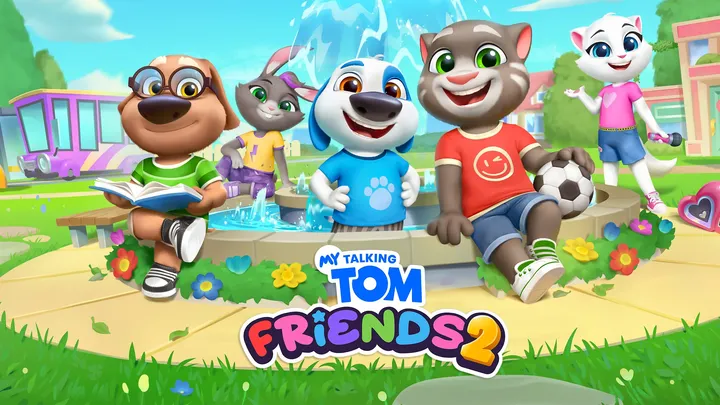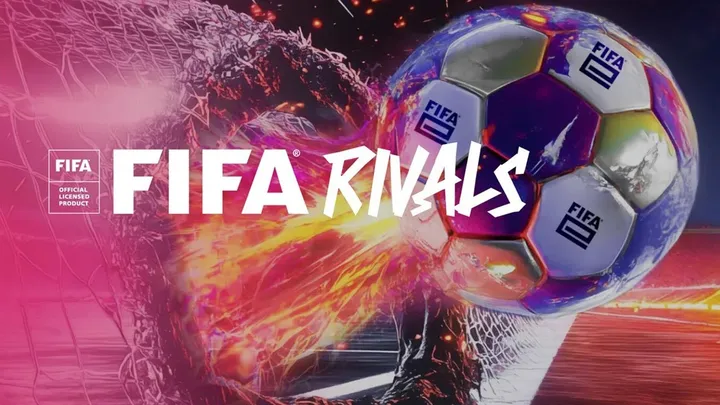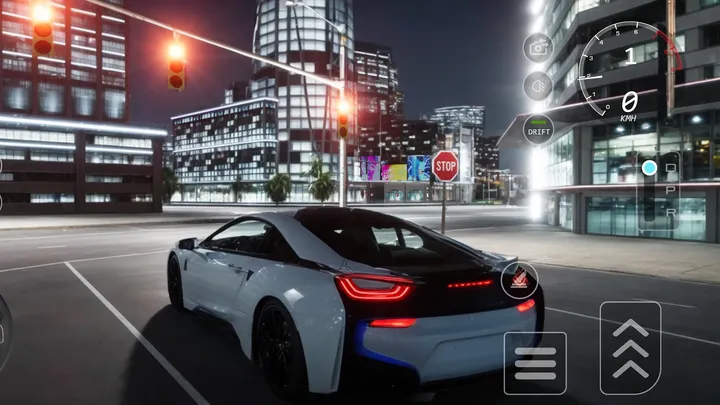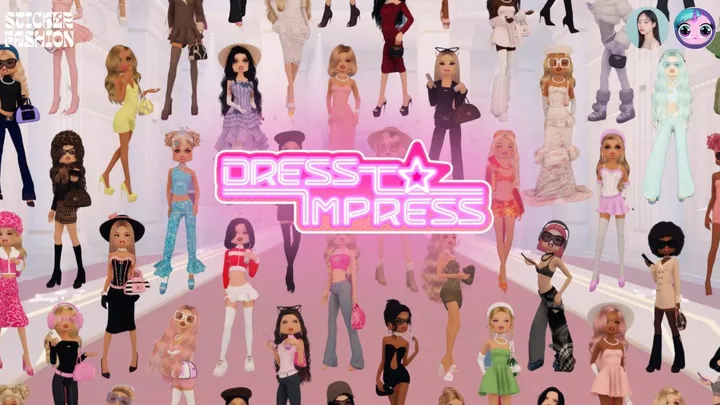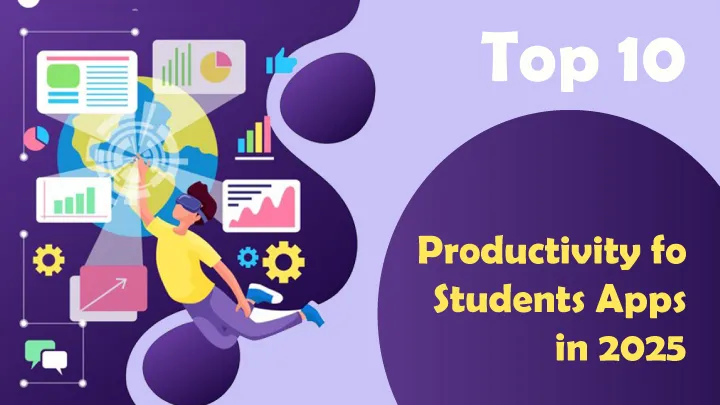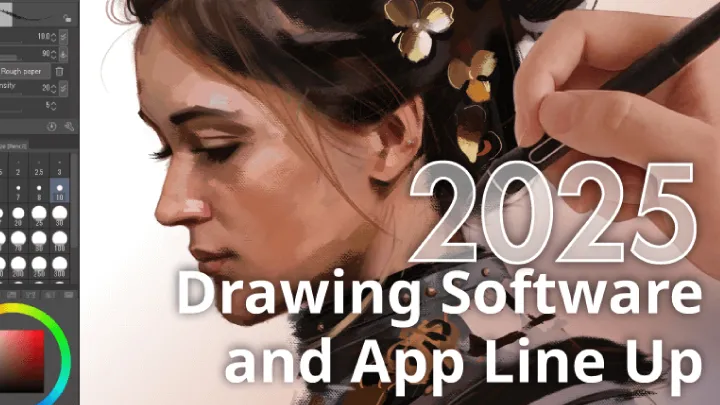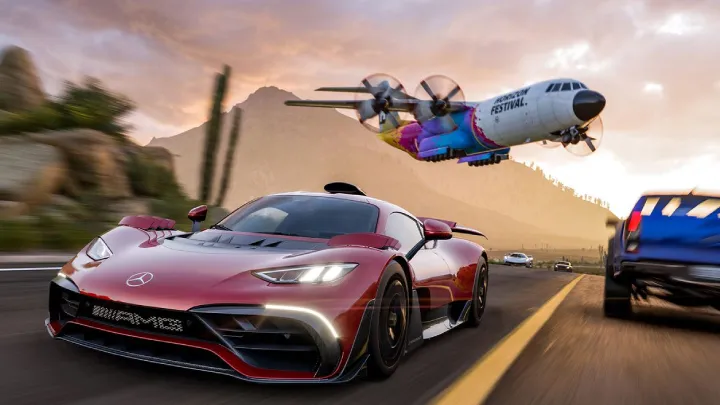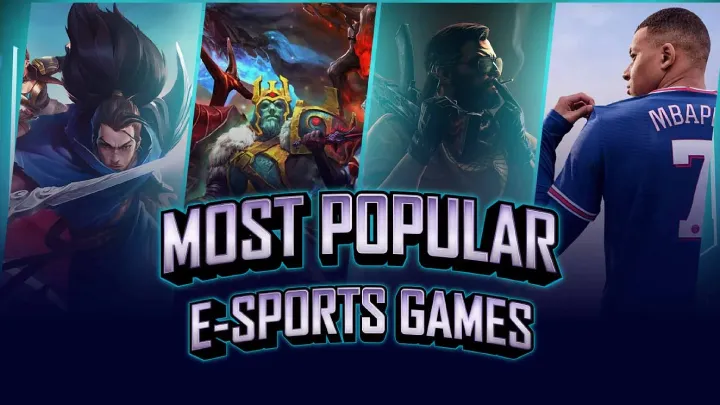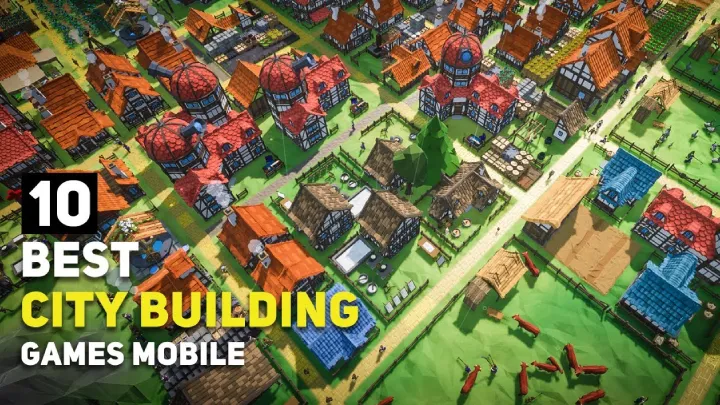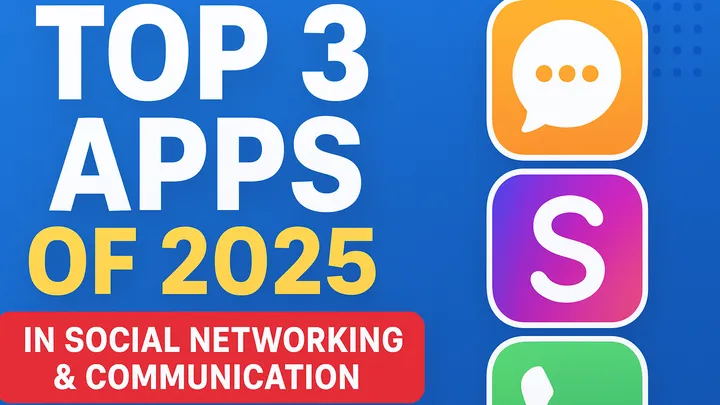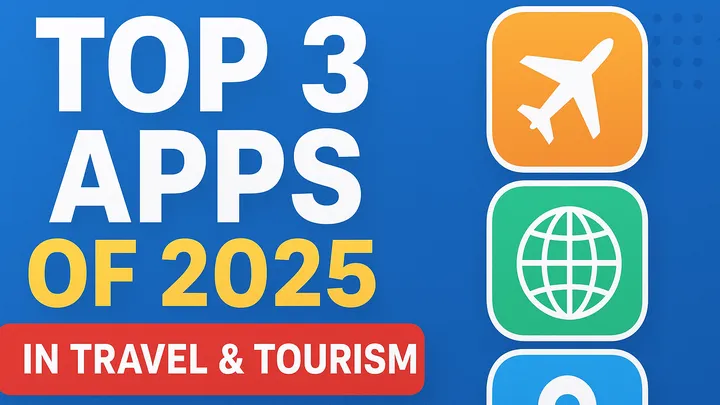Mecha Break has always been more than just another mech combat title. With its roots in high-speed battles and deep customization, the game quickly captured fans of both anime-inspired mechs and tactical shooters. In 2025, Mecha Break has entered a new era, blending cinematic storytelling with competitive esports-level gameplay. This year’s updates introduced new mech classes, refined combat systems, advanced AI integration, and a fully realized world-building narrative that deepens the stakes of every battle. At the same time, the developers have leaned into tournaments and ranked play, transforming Mecha Break into a global competitive platform. Customization remains central, but now every decision—from weapons to AI companions—can influence both strategy and identity. With cutting-edge technical upgrades, evolving storylines, and a strong focus on player community, Mecha Break 2025 doesn’t just update a game, it reshapes what mech warfare can be in modern gaming.
Summary
In 2025, Mecha Break has evolved into one of the most ambitious mech combat games on the market. Updates this year introduced expanded mech classes, RPG-style progression, enhanced customization, AI-driven combat scenarios, and fully cinematic story campaigns. Beyond its single-player and cooperative depth, the competitive side has exploded, with tournaments, ranked ladders, and esports-ready systems redefining the game’s identity. Technical improvements, such as smoother animations, destructible environments, and cross-platform play, have polished the experience further. Mecha Break is no longer just a stylish mech shooter—it is now a living, breathing competitive and narrative-driven ecosystem.
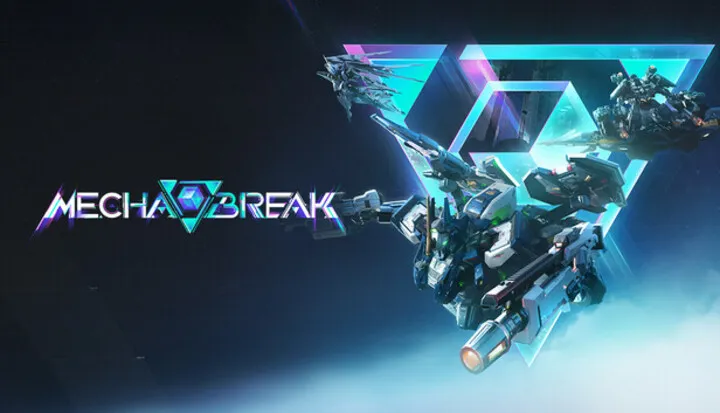
From Stylish Mech Battles to a Competitive Platform
When Mecha Break first launched, it was celebrated for its sleek mech designs and flashy combat. The pace was fast, the visuals cinematic, and the customization endless. But the latest updates in 2025 push it far beyond style. The game now balances high-octane action with tactical depth, ensuring it appeals both to casual fans of mech anime battles and to competitive players seeking mastery. This duality—cinematic fun and competitive rigor—is what defines Mecha Break in its new phase.
Expanded Mech Classes and Combat Systems
The latest updates introduced three new mech archetypes, expanding tactical diversity:
- Sentinel Class – A heavy defense-oriented mech capable of deploying energy shields and absorbing massive damage.
- Specter Class – A stealth-based mech that specializes in hit-and-run ambushes with cloaking systems.
- Vanguard Class – A balanced, hybrid mech designed for adaptability across multiple combat situations.
These join the existing roster, giving players more strategic options. Combat has also become more skill-based, with precise hit detection, aerial maneuvering, and stamina-based mechanics adding a new layer of realism to battles.
Customization: Identity Through Design
Customization has always been central to Mecha Break, but in 2025, it has reached unprecedented depth. Players can now modify not only weapons and armor but also AI companions, energy cores, and even the mech’s neural-response systems. Cosmetic systems have also expanded, allowing pilots to create truly unique machines with intricate decals, dynamic paint finishes, and animated emblems. The ability to showcase identity in battle has made community competitions around “best mech builds” and “style tournaments” just as popular as combat itself.
Lore and Narrative Expansion
Beyond gameplay, Mecha Break 2025 has expanded its storytelling dimension. A fully cinematic campaign, divided into seasonal arcs, deepens the lore of a world caught in a conflict between corporations, rogue AI factions, and independent mech pilots. This narrative layer adds stakes to competitive matches—each battle is contextualized within larger conflicts. Story-driven missions also introduce choice-driven outcomes, giving players agency in shaping their pilot’s legacy.
AI-Driven Combat and Dynamic Scenarios
AI integration has been one of the most transformative changes. Enemy AI has become more advanced, capable of adapting mid-fight, exploiting weaknesses, and coordinating in squads. The game also introduces AI-driven combat scenarios—dynamic events where AI generates unique missions, objectives, and enemy patterns in real time. This ensures battles remain unpredictable, keeping both casual and competitive players on their toes. Additionally, AI assistants can be customized to act as co-pilots, offering unique buffs or combat abilities.
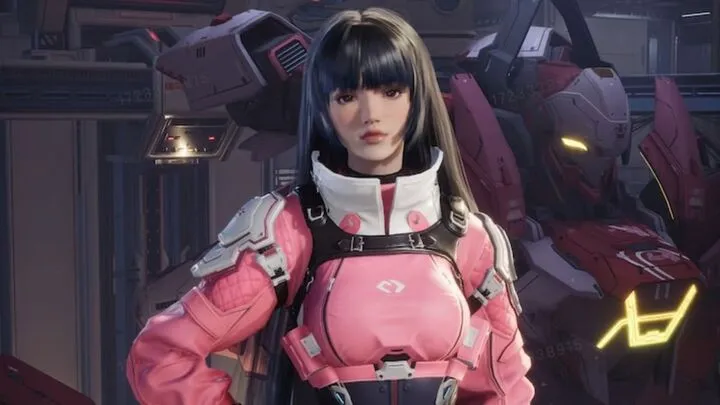
Technical Innovations and Visual Upgrades
On the technical side, Mecha Break 2025 shines with destructible environments, enhanced physics, and fluid animations. Mechs move with weight and precision, making every clash feel cinematic. Explosions ripple across cities, buildings crumble under heavy fire, and terrain deformation alters battle strategy. Cross-platform optimization ensures smoother performance across PC and consoles, while next-gen ray tracing and HDR lighting make the battlefield feel alive.
Ranked Play and Tournaments
Perhaps the most defining aspect of Mecha Break’s 2025 update is the focus on competition. Ranked ladders now exist across multiple modes, from 1v1 duels to large-scale 6v6 squad battles. Tournaments, both official and community-driven, have taken off. Prize pools, sponsorships, and global leaderboards have transformed the game into a legitimate esport contender. Developers have even introduced spectator tools and broadcast overlays, ensuring tournaments can be streamed professionally.
Esports Aspirations: A New Mech Era
With its competitive focus, Mecha Break is positioning itself as the leading mech esports title. The fast pace, team coordination, and visual spectacle are tailor-made for streaming. Teams are already forming across regions, with Asia and North America leading the charge in early competitions. Developers have also hinted at an official World Championship League, which could elevate Mecha Break to the level of established esports titles.
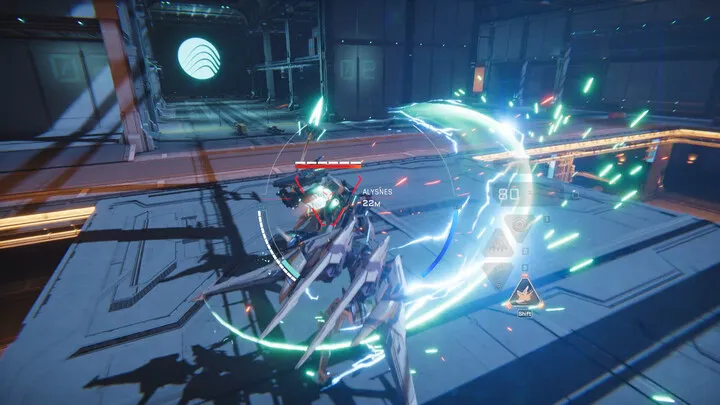
Community and Social Systems
Community remains at the heart of Mecha Break. Players can form squadrons—guild-like groups that compete in territory wars and squad tournaments. Social hubs within the game allow for mech showcases, friendly duels, and player trading of blueprints. Seasonal community events also keep engagement high, from mech design contests to lore-based global missions where all players contribute to a collective goal.
Looking Ahead: The Roadmap for Mecha Break
The developers have outlined ambitious plans for late 2025 and beyond. Future updates will include open-world zones, allowing free exploration and cooperative boss battles against colossal AI-controlled mechs. Narrative expansions are also set to dive deeper into the politics of the mech world, with branching storylines offering true RPG-style player agency. Crossovers with anime franchises and other mech series are also rumored, further broadening its cultural footprint.
Conclusion
Mecha Break 2025 represents the boldest step yet for mech-based gaming. With expanded classes, deep customization, cinematic storytelling, AI-driven combat, and a full embrace of competitive esports, it has become more than a stylish action game. It is now a hybrid of narrative-driven RPG, tactical mech simulator, and global esport platform. Its innovations ensure battles are never just about firepower—they are about identity, strategy, and community. For fans of mechs, competition, and immersive worlds, Mecha Break 2025 is proof that the genre’s golden age is just beginning.




